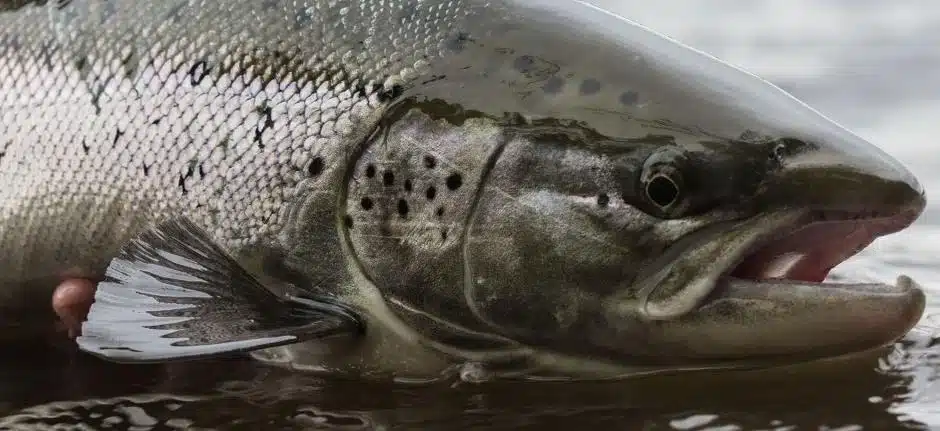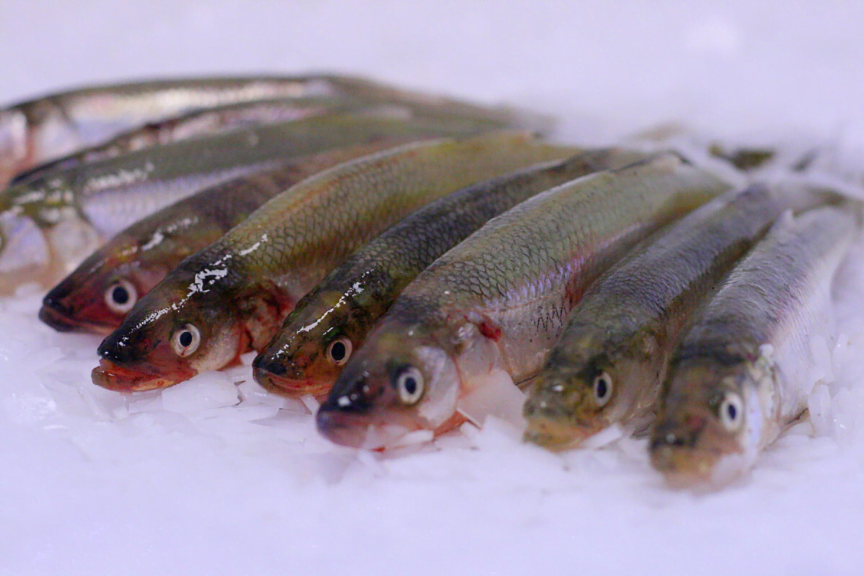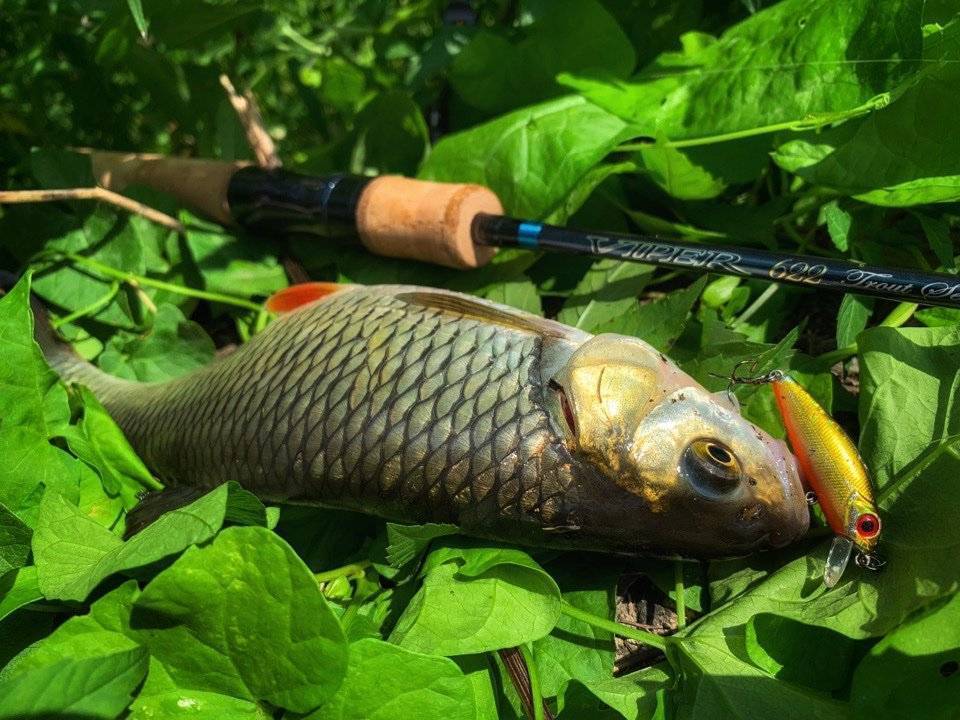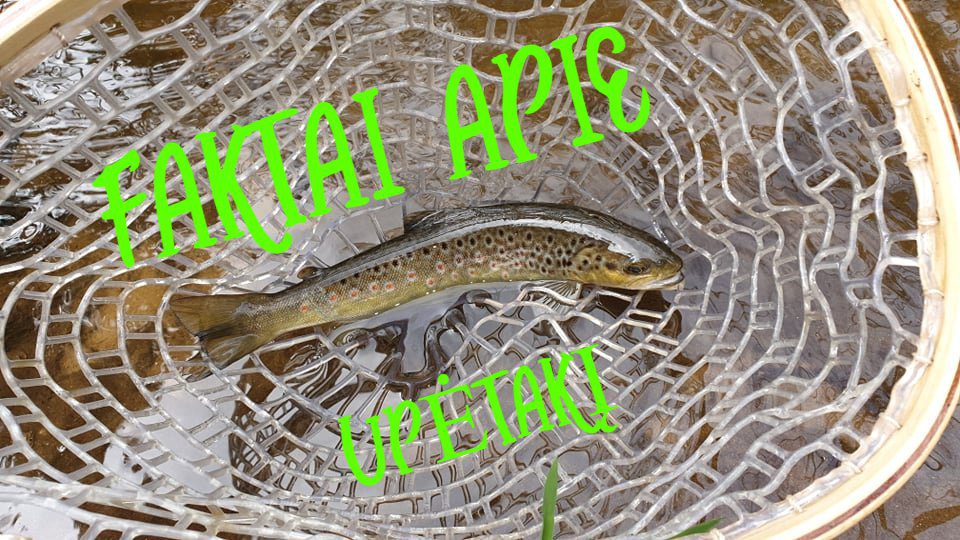Lašiša – tai ne tik žuvis, bet ir viso pasaulio upių ir jūrų simbolis. Ši lašišinė žuvis vadinama upių karaliene dėl savo įspūdingos migracijos ir svarbos ekosistemoms. Lietuvoje lašiša sulaukia ypatingo dėmesio: ji įtraukiama į gastronomijos meniu, saugoma aplinkosauginėmis akcijomis, o jos gyvenimo būdas žavi žvejus ir gamtos entuziastus. Straipsnyje apžvelgiame lašišos išvaizdą, biologiją, gyvenimo ciklą, migraciją, paplitimą, mitybą, kulinarinę vertę bei įdomius faktus.
Lašišos išvaizda ir biologinės ypatybės
Lašiša (lot. Salmo salar) priklauso lašišinių šeimai. Jos kūnas pailgas ir aptakus, galva nedidelė, o žvynai smulkūs. Spalva priklauso nuo gyvenimo etapo: jūroje lašiša – blizganti sidabrinė, nugaros sritis melsvai žalia, šonuose matyti X formos tamsios dėmės ir pusmėnulio formos taškeliai, pilvas – beveik baltas. Subrendusios žuvys gali užaugti iki 1,5 m ilgio ir sverti daugiau kaip 40 kg. Neršto metu spalva patamsėja, patinams išsivysto kabliška apatinė žandikaulio dalis ir ryškėja raudoni taškai ant kūno.
Pagrindinės morfologinės savybės pateiktos lentelėje žemiau:
| Kūno forma | Pailga, aptaki, pritaikyta plaukioti sraunioje srovėje |
| Spalva jūroje | Sidabriniai šonai, melsvai žalia nugara, tamsios X formos dėmės |
| Spalva per nerštą | Kūnas paruduoja, atsiranda raudonų dėmių; patino žandikaulis išsilenkia |
| Dydis | 60–150 cm; masė svyruoja nuo 2 iki >40 kg |
| Ilgaamžiškumas | gali gyventi iki 10–13 metų |
Lašišos gyvenimo ciklas ir migracija
Lašišos gyvenimo ciklas yra anadrominis – tai reiškia, kad žuvys gims upėje, išplaukia į jūrą, o subrendus grįžta neršti į tą pačią upę. Lašiša pasižymi nepaprasta migracija: Lietuvos lašišos nerštui plaukia daugiau kaip 500 km, o kelionės metu įveikia tinklų užtvaras, hidroelektrinių slenksčius ir kitas kliūtis. Tik stipriausios žuvys pasiekia tikslą ir todėl Lietuvos lašiša laikoma viena didžiausių pasaulyje.
Gyvenimo ciklas suskirstytas į kelis etapus:
- Rudenį lašišos giliai įšluoja žvyrą ir į jį išneršia oranžinius ikrus. Vystymasis trunka apie keturis mėnesius; išsiritę mailiai (alvinais vadinami) turi trynio maišelį ir gyvena žvyre.
- 10–15 cm jaunikliai turi vertikalius dryžius ir 2–3 metus gyvena upėse, maitindamiesi vabzdžių lervomis.
- Subręsta iki sidabro žvynų, praranda vertikalius dryžius ir išplaukia į jūrą. Jūroje minta mažais bestuburiais, krevetėmis ir žuvimis.
- Po 1–3 gyvenimo metų jūroje lašišos grįžta į gimtąją upę, vadovaujamos neįtikėtino uoslės, kurios jautrumas tūkstantį kartų viršija šuns. Dauguma sugrįžta 4–5 metų amžiaus, sverdamos 2–3 kg.
Tokios kelionės metu lašišos per parą gali nuplaukti iki 100 km, o aukštai šokančioms žuvims net 4,5 m aukščio kriokliai – ne kliūtis.
Lašišos nerštas: 300 km aukštyn ir unikalus Vilnius
Rudenį, dažniausiai spalį–lapkritį, lašišos kyla į upių aukštupius. Žuvys kruopščiai iškasa nerštavietę žvyre ir į ją padeda iki 40 000 ikrų. Lietuvoje ypač pažymimas dvigubas faktas: lašišos čia įveikia apie 300 km atstumą nuo jūros iki nerštavietės, o Vilnius – vienintelė Europos sostinė, kurios centre esančioje upėje (Neries upėje) šios žuvys natūraliai neršia. Po neršto dalis individų grįžta į jūrą.
Lašišos paplitimas ir buveinės
Lašišos gyvena šiaurinių platumų upėse ir jūrose. Natūraliai jos paplitusios Atlanto vandenyno šiaurinėje dalyje – nuo Portugalijos iki Grenlandijos, šiaurės Rusijos ir Šiaurės Amerikos. Baltijos jūroje lašišos aptinkamos ir Lietuvos pakrantėse; jos migruoja į Nemuno baseino upes: Žeimeną, Šventąją, Jūrą, Miniją ir kitas. Reikalingos šaltos, sraunios, deguonies turtingos upės su žvyro dugnu, todėl nauji hidroelektriniai užtvarai ir užterštumas gali kliudyti migruoti. Lašišos pasižymi fenomenaliu homoingu – jos sugrįžta į tą pačią upės atkarpą, kurioje pačios atsirado.
Lašišos mityba ir vaidmuo ekosistemoje
Lašišų mityba priklauso nuo gyvenimo etapo. Upėse jaunikliai minta vabzdžių lervomis, bestuburiais, sausumos vabzdžiais ir mažomis žuvimis. Jūroje jos pereina prie zooplanktono, krevečių, smulkių žuvų (silkių, šprotu, stintų) ir kartais kalmarų. Neršto metu lašišos beveik nebesimaitina ir energiją semiasi iš riebalų atsargų.
Šios žuvys atlieka svarbų ekologinį vaidmenį: migruodamos iš jūros į upes jos perneša jūrinę organinę medžiagą ir mineralus, kuriuos pasisavina upių ekosistemos. Lašiša taip pat yra viršūninis plėšrūnas ir reguliuoja smulkesnių žuvų bei bestuburių populiacijų gausą. Jų išlaikymas natūraliose buveinėse padeda palaikyti vandens ekosistemų pusiausvyrą.
Lašiša Lietuvoje – tarp žvejybos ir apsaugos
Lietuvoje lašišos yra žvejų mėgstama trofėjinė žuvis, bet jų populiacijos ilgai buvo nykstančios. Dėl hidroelektrinių ir užterštų upių XX a. viduryje lašišos beveik išnyko, todėl jos buvo įrašytos į Lietuvos Raudonąją knygą. Valstybė ėmėsi atkūrimo programų: Nemuno baseine esančiose upėse įrengtos žuvitakos, o į vandenis kasmet paleidžiama šimtai tūkstančių lašišų ir šlakių jauniklių.
Žvejybos sezonai ir taisyklės
- Sezonai. Lašišas leidžiama gaudyti rudenį (kai jos kyla į upes) ir žiemą–pavasarį (kai grįžta iš jūros). Nuo spalio 16 d. iki gruodžio 31 d. žvejyba yra griežtai draudžiama.
- Licencijos. Žvejams būtinas specialus leidimas; menkiau prižiūrimose vietovėse taikomi kvotos ir vieno egzemplioriaus per dieną limitai.
- Nemuno draudimas. Žvejyba Nemune ir tam tikruose jo intakuose draudžiama siekiant apsaugoti migruojančius individus.
- Pagavai–paleisk. Nuo spalio 1 d. iki 15 d. visos sugautos lašišos turi būti nedelsiant paleistos; paleidžiant privalu naudoti tinklelį, šlapiomis rankomis ir žuvį laikyti vandenyje, kad nepažeistumėte gleivių sluoksnio ir žiaunų.
- Brakonieriavimas. Kiekvieną rudenį vykdoma akcija „Lašiša“, per kurią aplinkosaugininkai patruliuoja upėse, konfiskuoja neteisėtus tinklus ir baudžia brakonierius.
Lašišos kulinarinė vertė
Lašiša Lietuvoje vertinama dėl subtilaus skonio ir maistingumo. Ji yra natūralus aukštos kokybės baltymų, omega‑3 riebalų rūgščių, vitaminų D ir B šaltinis, todėl naudinga širdžiai, smegenims ir imunitetui.
Kaip paruošti lašišą
- Kepkite lašišą 12–15 min. vidutinėje temperatūroje – aukšta temperatūra ją išsausina.
- Naudokite minimalų aliejaus kiekį ir palikite odą – ji padeda išlaikyti drėgmę ir suteikia papildomų omega‑3 riebalų.
- Ant žuvies dėkite citrinos griežinėlius, žiupsnelį druskos, pipirų ir krapų; kepkite folijoje arba kepimo popieriuje – taip išliks visi vitaminai.
- Derinkite su sezoninėmis daržovėmis ar lengvomis salotomis. Tokia vakarienė ne tik skani, bet ir naudinga sveikatai.
Įdomūs faktai apie lašišą
- Lašišos turi nepaprastai jautrią uoslę – ji tūkstantį kartų jautresnė nei šuns. Būtent uoslė padeda joms rasti gimtąją upę.
- Atlanto lašišos gali įveikti 4,5 m aukščio vandens kliūtis ir per dieną nuplaukti iki 100 km.
- Kiekvienas kilogramas lašišos kūno gali atnešti net kelis tūkstančius ikrų.
- Skirtingai nei Ramiojo vandenyno lašišos, Atlanto lašišos gali neršti kelis kartus per gyvenimą.
- Stambiausi Lietuvos lašišų patinai pasiekia net 140 cm ilgį ir daugiau kaip 40 kg svorį.
Patarimai skaitytojui
Lašiša – tai gamtos stebuklas, kurį verta saugoti ir pažinti. Ši žuvis įspūdinga savo migracija, dydžiu ir gebėjimu grįžti į gimtąją upę. Lietuvos upėse ji keliauja šimtus kilometrų ir neršia net Vilniaus centre, todėl ją teisingai vadiname upių karaliene. Nors lašiša yra skani ir sveika, žvejodami privalome laikytis žvejybos taisyklių, turėti reikiamus žvejybos leidimus ir saugoti nerštavietes. Saugaus žvejybos sezono, skanaus patiekalo ir pagarbos gamtai!










